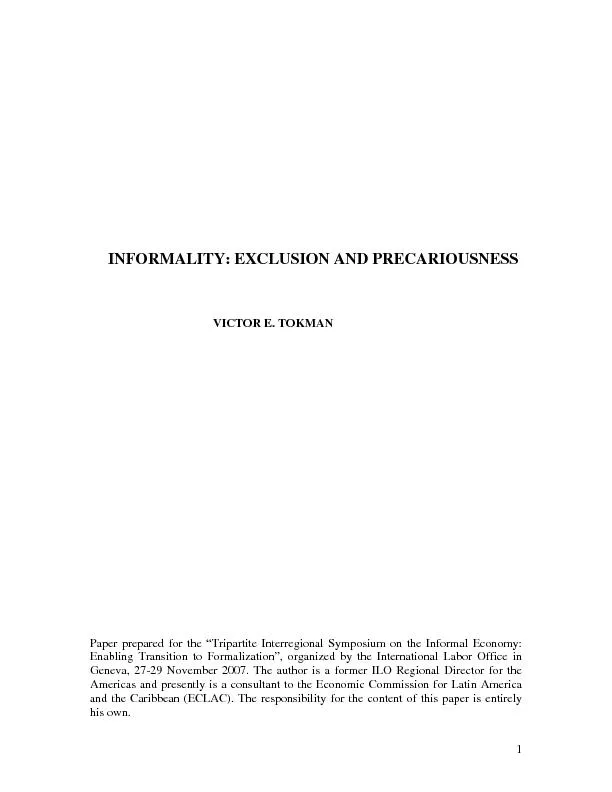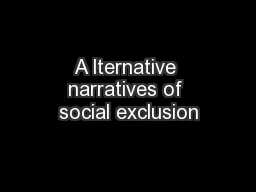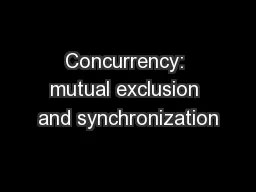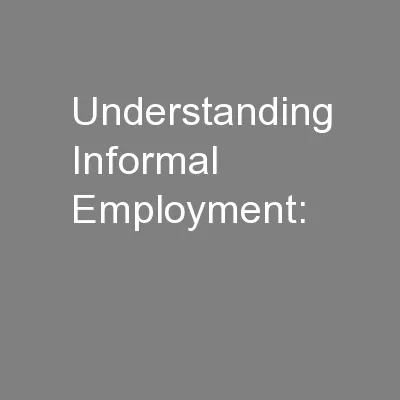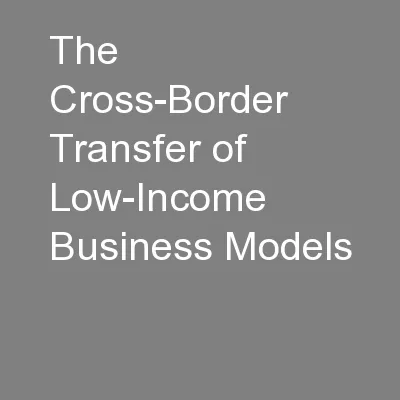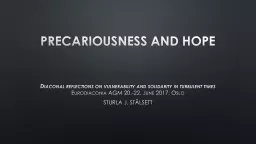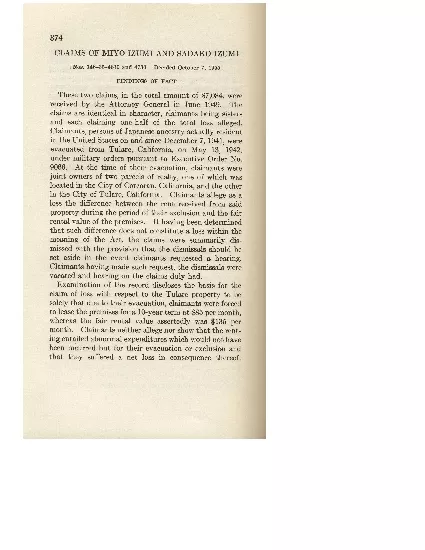PDF-INFORMALITY: EXCLUSION AND PRECARIOUSNESS
Author : conchita-marotz | Published Date : 2016-07-12
VICTOR E TOKMAN Paper prepared for the 147Tripartite Interregional Symposium on the Informal Economy Enabling Transition to Formalization148 organized by the In
Presentation Embed Code
Download Presentation
Download Presentation The PPT/PDF document "INFORMALITY: EXCLUSION AND PRECARIOUSNES..." is the property of its rightful owner. Permission is granted to download and print the materials on this website for personal, non-commercial use only, and to display it on your personal computer provided you do not modify the materials and that you retain all copyright notices contained in the materials. By downloading content from our website, you accept the terms of this agreement.
INFORMALITY: EXCLUSION AND PRECARIOUSNESS: Transcript
Download Rules Of Document
"INFORMALITY: EXCLUSION AND PRECARIOUSNESS"The content belongs to its owner. You may download and print it for personal use, without modification, and keep all copyright notices. By downloading, you agree to these terms.
Related Documents

